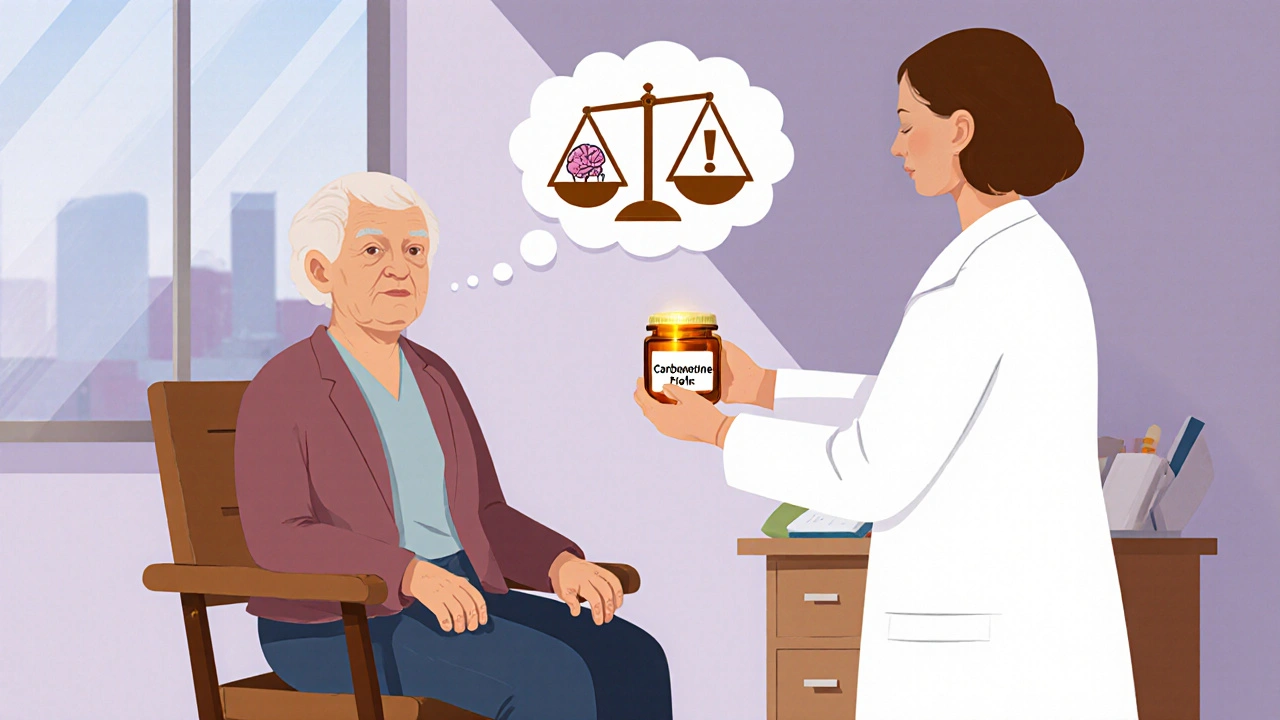Older Adults and Medications: Safe Use, Common Drugs, and Practical Tips
When you’re an older adult, a person typically aged 65 or older who may be managing multiple health conditions and medications. Also known as senior, it’s common to take several pills a day for things like high blood pressure, diabetes, or joint pain. But taking more meds doesn’t always mean better health—it can mean more risk. Over 40% of older adults take five or more prescription drugs, and that’s where things get tricky. Drug interactions, side effects, and memory lapses can turn a simple routine into a health hazard.
medication safety, the practice of using drugs correctly to avoid harm, especially in older populations with changing metabolism and kidney function. It’s not just about taking the right pill at the right time. It’s about knowing which drugs clash—like when a blood pressure med like Hytrin or Zestoretic mixes badly with a diuretic or NSAID. It’s about spotting skin thinning from long-term topical corticosteroids, or realizing that a sleep aid might be making your confusion worse. Seniors often don’t report side effects because they think it’s just "getting older." But dizziness from caffeine, muscle stiffness from statins, or memory fog from amitriptyline aren’t normal—they’re warning signs.
drug interactions, harmful reactions that happen when two or more medications affect each other’s function in the body. This is where things get dangerous fast. A statin like Simvastatin can spike muscle damage if taken with certain antibiotics. Antidepressants like Desvenlafaxine can raise serotonin too high when mixed with pain meds or supplements. Even something as simple as grapefruit juice can turn a routine pill into an overdose. And let’s not forget travel: if you’re flying with controlled medications, you need the right paperwork—otherwise, you risk having your pills seized at customs.
Many older adults also juggle aging and prescriptions with lifestyle changes—diet, activity, sleep. Liver failure can mess with sleep. Gout flares get worse with alcohol. Diabetes meds like Pioglitazone need careful monitoring. And while Calcort or Deflazacort might help with inflammation, they’re not harmless. These aren’t just medical issues—they’re daily life challenges. You need to know what’s working, what’s not, and when to ask for a change.
Below, you’ll find clear, no-fluff comparisons of the most common drugs older adults take—from blood pressure pills to skin creams, from ED meds to diabetes treatments. No jargon. No marketing. Just what actually matters: which drugs are safer, which ones to avoid, and how to stay in control without getting overwhelmed.

Carbamazepine Use in Older Adults: Risks, Benefits, and Dosing Guidelines
A practical guide on carbamazepine use in older adults, covering dosing, side‑effects, drug interactions, monitoring, and safer alternatives.
October 22 2025